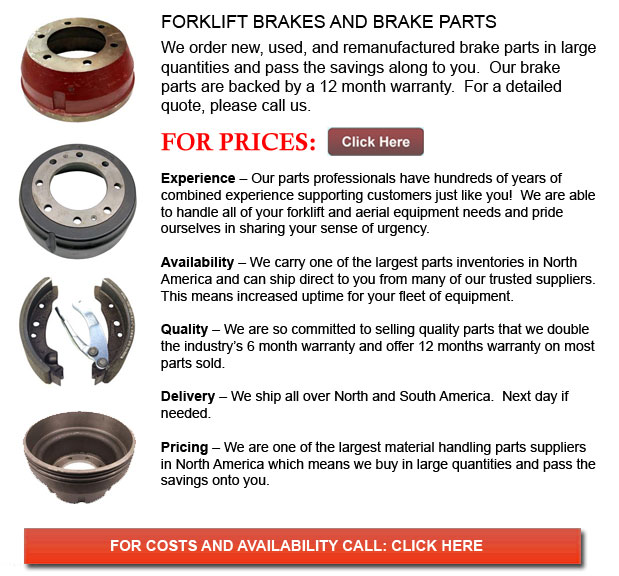
Forklift Brakes - A brake where the friction is supplied by a set of brake pads or brake shoes that press against a rotating drum unit known as a brake drum. There are some particular differences among brake drum types. A "brake drum" is normally the definition provided whenever shoes press on the interior exterior of the drum. A "clasp brake" is the term used so as to describe if shoes press next to the outside of the drum. One more type of brake, called a "band brake" makes use of a flexible belt or band to wrap around the exterior of the drum. Whenever the drum is pinched in between two shoes, it can be referred to as a "pinch brake drum." Similar to a typical disc brake, these types of brakes are rather uncommon.
Early brake drums, previous to the year 1995, needed to be constantly modified in order to compensate for wear of the drum and shoe. "Low pedal" could result if the needed modifications are not carried out sufficiently. The motor vehicle could become hazardous and the brakes can become ineffective whenever low pedal is mixed together with brake fade.
There are a variety of Self Adjusting Brake Systems existing, and they could be categorized within two major kinds, RAD and RAI. RAI systems have in-built tools which prevent the systems to be able to recover whenever the brake is overheating. The most popular RAI makers are Bendix, Lucas, Bosch and AP. The most well-known RAD systems comprise Ford recovery systems, Volkswagen, VAG, AP and Bendix.
The self adjusting brake would normally just engage when the vehicle is reversing into a stop. This method of stopping is acceptable for use where all wheels use brake drums. Disc brakes are utilized on the front wheels of vehicles nowadays. By operating only in reverse it is less possible that the brakes will be applied while hot and the brake drums are expanded. If adapted while hot, "dragging brakes" could take place, which raises fuel consumption and accelerates wear. A ratchet tool which becomes engaged as the hand brake is set is another way the self adjusting brakes can work. This means is only suitable in functions where rear brake drums are used. If the parking or emergency brake actuator lever goes over a certain amount of travel, the ratchet improvements an adjuster screw and the brake shoes move toward the drum.
Placed at the bottom of the drum sits the manual adjustment knob. It can be tweaked making use of the hole on the opposite side of the wheel. You would have to go beneath the vehicle together with a flathead screwdriver. It is very significant to adjust each wheel evenly and to move the click wheel properly since an unequal adjustment may pull the vehicle one side during heavy braking. The most effective way in order to ensure this tiresome task is accomplished carefully is to either raise every wheel off the ground and spin it by hand while measuring how much force it takes and feeling if the shoes are dragging, or give every\each and every one the same amount of manual clicks and then perform a road test.
![]() Click to Download the pdf
Click to Download the pdf
Forklift Parts
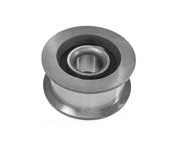
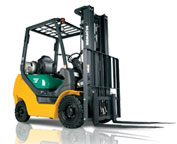
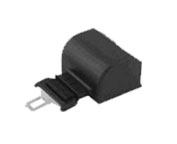
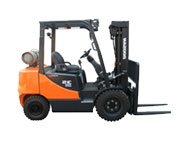
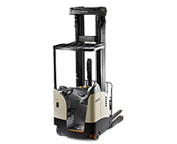
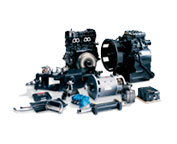
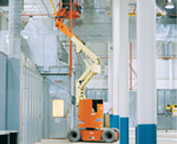
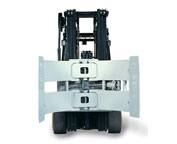
Lift Parts Express
TOLL FREE: 1-888-695-7994
Vernon, British Columbia
forkliftpartsvernon.ca
Email Us
About Us


